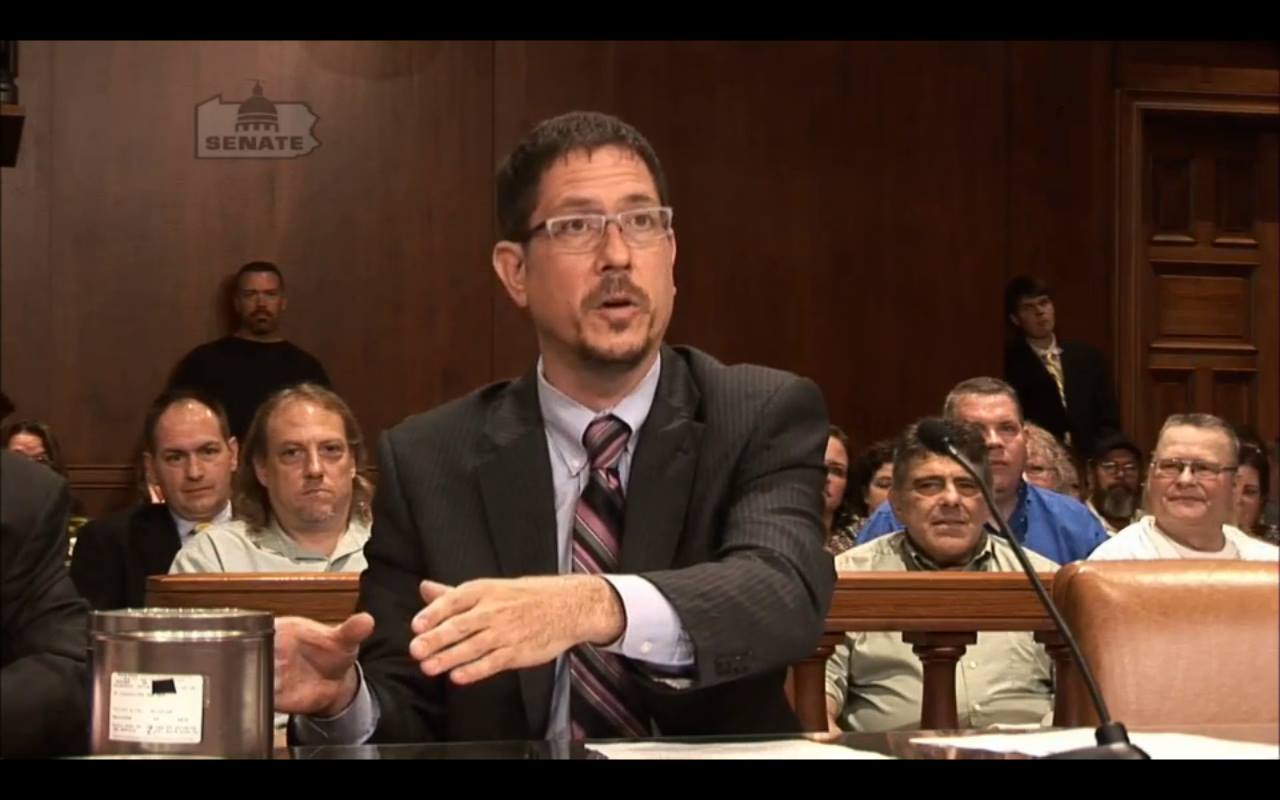Federal Crime Lawyer: Safeguarding Your Legal Rights Versus Serious Federal Charges
Federal Crime Lawyer: Safeguarding Your Legal Rights Versus Serious Federal Charges
Blog Article
Debunking the Process of Federal Appeals: What You Required to Know
Browsing the detailed realm of government charms can often feel like going across uncharted waters for those strange with the process. Comprehending the subtleties of appellate court jurisdiction, the complexities of filing a notification of charm, offering a compelling short, and making a convincing dental disagreement are important parts that can considerably influence the end result of a situation. By unraveling the layers of intricacy bordering federal appeals, individuals can obtain a more clear insight into the devices that regulate this critical point of the lawful system.
Recognizing Federal Appeals Process
Digging into the intricate world of the government allures process reveals a structured and methodical journey through the judicial system - best federal appeals attorneys pennsylvania. Federal charms work as an important system for reviewing choices made by lower courts. Comprehending this procedure is essential for anybody associated with legal proceedings at the federal level
The procedure usually starts with a party disappointed with a lower court's judgment submitting a notification of charm. This causes a testimonial by a greater court, where a panel of judges assesses the legal disagreements provided by both events. Briefs detailing the lawful thinking behind each party's position are submitted, and dental disagreements may be heard to clarify complex problems.
The appellate court's decision is based on a comprehensive examination of the reduced court's proceedings and the arguments provided. Once the appellate court gets to a decision, it can attest, reverse, remand, or change the reduced court's ruling, offering quality and finality to the legal disagreement.
Appellate Court Jurisdiction Explained

Appellate courts have jurisdiction over particular sorts of instances, typically those involving legal errors, step-by-step concerns, or concerns of regulation as opposed to accurate conflicts. The territory of appellate courts is typically detailed in laws and laws that regulate the court system. Understanding appellate court territory is crucial for celebrations involved in the charms procedure as it establishes whether a situation is qualified for testimonial and the extent to which the appellate court can intervene in the lower court's choice.
Filing a Notification of Charm
The first step in beginning the federal allures process entails submitting a Notification of Allure with the appropriate appellate court. best federal appeal lawyer minnesota. This essential file officially informs the court and the other events included in the situation that the appealing party plans to seek a testimonial of the reduced court's decision. Filing a Notice of Allure is a rigorous step-by-step demand that sets the appellate process moving
When preparing the Notice of Charm, it is vital to ensure conformity with the particular rules and standards of the pertinent appellate court. The record needs to generally consist of details such as the instance name, the lower court's name, the day of the judgment being appealed, and a succinct statement suggesting the grounds for the appeal.
When filing a Notification of Appeal,Timeliness is of the significance. Missing the target date for sending this paper can result in the allure being rejected, emphasizing the value of exact and timely initiation of the charms procedure. It is advisable to seek legal guidance to browse the complexities of submitting a Notification of Appeal successfully.
Instruction and Dental Argument
In the appellate process, presenting written briefs and involving in oral arguments play pivotal functions in promoting for the appealing celebration's position before the appellate court. Briefs are extensive legal records that detail the celebrations' disagreements, lawful authorities, and analysis sustaining their positions. These written submissions give the court with a comprehensive understanding of the truths of the case, the appropriate regulation, and why the appealing party thinks the lower court's decision should be rescinded.
Following the entry and testimonial of the briefs, oral disagreements provide the parties a chance to more clarify their placements, attend to any questions the appellate courts may have, and highlight bottom lines from their written briefs. Dental debates are an opportunity for the lawyers to convince the courts through verbal advocacy and feedbacks to questions from the bench.

Receiving the Appellate Court Choice

Conclusion
Understanding the appellate court territory, filing a notice of appeal, preparing briefs, and providing dental debates are all essential elements of this process. Ultimately, getting the appellate court choice can provide clarity and resolution to legal disputes.
As we proceed from recognizing the federal charms procedure to dissecting the intricacies of appellate court territory, a basic facet comes to light concerning the authority and limits of these greater courts in the lawful landscape. Appellate court jurisdiction refers to the scope of situations that a specific appellate court has the power to make a decision and examine upon. Unlike trial courts that hear instances for the first time, appellate courts are limited to evaluating decisions made by lower courts. Recognizing appellate court jurisdiction is vital for events included in the charms procedure as it identifies whether an instance is qualified for review and the level to which the appellate court can intervene in the reduced court's decision.
Whether the appellate court affirms, reverses, or remands the reduced court's decision, recognizing the effects of the ruling is crucial for all events included in the appellate procedure.
Report this page